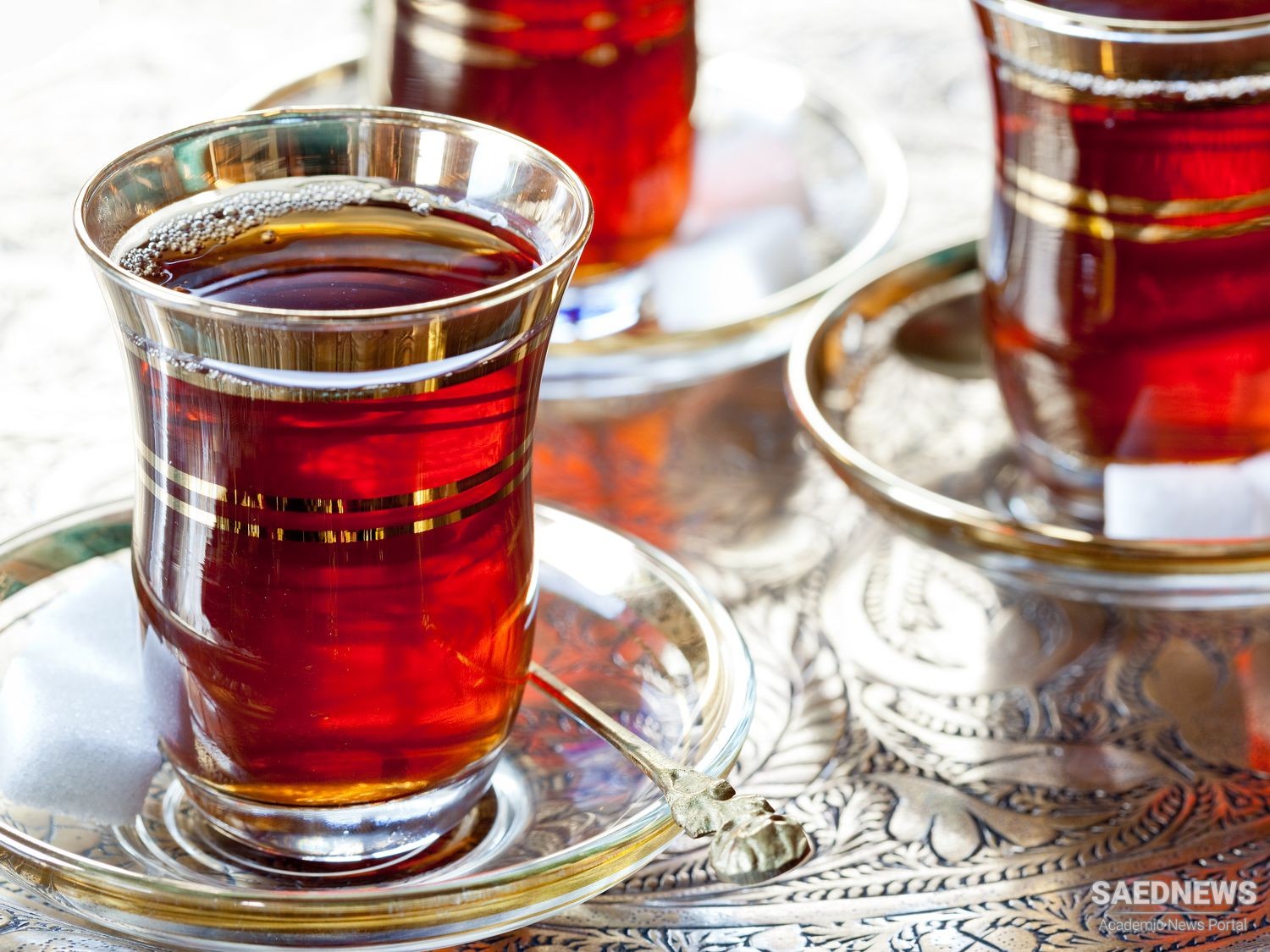There is considerable evidence of a developing interest in culinary tourism. In Canada, an industry conference highlighted the tourism industry interest in developing culinary tourism as a special-interest type of tourism. Tea, as a beverage, with its varying types, grades and blends as well as national, regional and local traditions in serving has a natural role to play in culinary tourism. The potential for the appreciation of tea as a beverage is immense. With its many different qualities and areas of origin there is a lot for the potential tea connoisseur to learn about tea. From the perspective of tourism, experiencing these different tea qualities and traditions in addition has the potential to be an integral part of culinary tourism. Tea experts describe some blends in the same way that a wine connoisseur would, for example in describing a Darjeeling from India, Shapira indicates that, ‘The rich golden-red liquor of a fine Darjeeling and its exquisite, penetrating aroma foreshadow a truly unique tea-drinking experience.’ The cultivation and harvesting of tea is also somewhat of an art akin to the making of wine with the tea farmer overseeing his tea garden with similar care to that of the vintner overseeing his vineyard. The making of oolong teas in Taiwan is thus regarded as an art which takes generations to master. In Taiwan the production of oolong is described: ‘From the nursing of the seedling, to planting, to nourishing the bushes, to properly selecting the best time to pluck the leaves, the husbandry of the tea farmer is a legacy passed down from generation to generation’. There is also considerable discussion in the literature about tea on ‘brewing a good cup of tea’ that has relevance for those hospitality establishments wishing to serve tea to the public. King describes the method: "To brew a perfect pot of tea, boil fresh, cold tap water in a kettle. While the water is boiling, warm the teapot with hot water. Once the teapot is warmed, pour out the water and put in the tea. Use one teaspoon of leaves or one tea bag per cup of tea. Once the water is boiling bring the teapot over to it and pour in the boiling water. Let the tea brew three to five minutes. Serve hot." The brewing of a good cup of tea is an important attraction for tea shops and other food-service entities serving tea. Seeking out an authentic tea service may require the visitor to seek out local food service establishments including tearooms and tea shops where tea is served in a manner traditional to the locality. One example of a local tea experience is found in the distinctive culinary tradition that has evolved around the English afternoon tea. This is a meal service that usually consists of tea accompanied by sandwiches and sweets. In the south of England traditional cream teas are served. Christine Taylor, the owner of Periwinkle Cottage Tea Rooms in the village of Selworthy, England, reports, ‘On a summer weekend we probably serve around three hundred cream teas. Each cream tea consists of two scones, a bowl of clotted cream, strawberry or loganberry jam and a pot of tea’.


 Tea, Travel and Trade: Market Sense of the Black Magic
Tea, Travel and Trade: Market Sense of the Black Magic














































